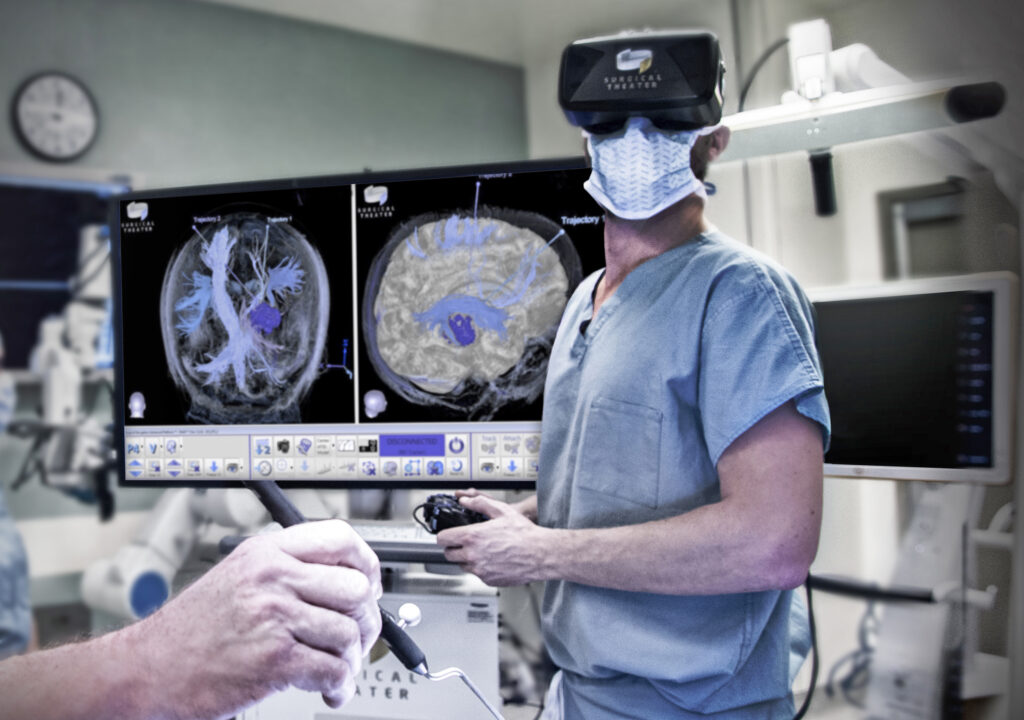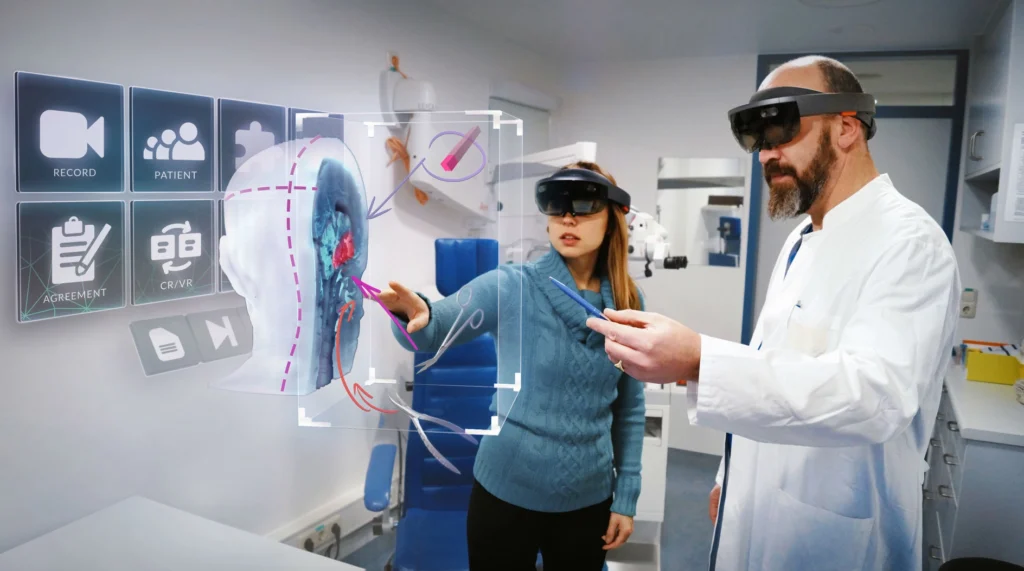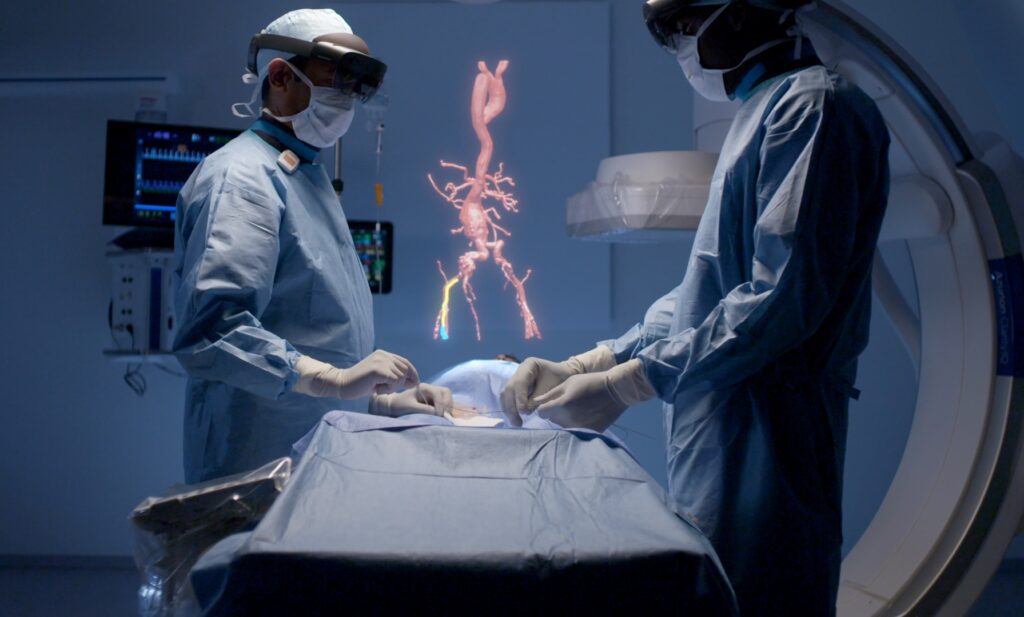Virtual reality (VR) is a highly immersive and interactive technology that allows users to experience realistic environments and manipulate objects in three-dimensional space. It can be used for healthcare, such as treating anxiety and PTSD, or for training, such as surgical simulation. Virtual reality can also help patients recover from injuries or traumatic experiences. Visit IT Support Concord professionals to gain more knowledge on virtual reality for healthcare.
VR in healthcare has a number of benefits over traditional methods, including the ability to immerse patients in lifelike environments that they may find more comfortable or familiar. VR can also be used to treat physical disabilities or limitations, such as those caused by stroke or injury. Other potential applications include treating mental health issues like anxiety and PTSD or helping veterans with post-traumatic stress disorder (PTSD) adjust to life after military service.
Virtual reality is an emerging technology that has the potential to revolutionize how we treat many medical conditions in the future. It has many advantages over traditional methods, including the ability to immerse patients in lifelike environments that they may find more comfortable or familiar.
4 Ways VR Benefits the Healthcare Industry
1. VR Training for Human Anatomy

Source: nbcnews.com
Virtual Reality (VR) anatomy training has been a boon for surgeons and medical students alike, allowing them to gain a 360-degree view of the human body and make more informed decisions about their treatment. Instead of simply looking at a textbook or watching an operation from a distance, VR anatomy training allows users to feel as if they are actually in the operating room or hospital, examining the body with their own eyes. This immersive experience can help surgeons overcome any fear or anxiety around the procedure and make more informed decisions.
Another advantage of VR anatomy training is that it can be done anywhere—in a classroom, on a plane, or even at home via a virtual reality headset—and is often done using virtual touch technology that allows users to feel as if they are touching objects on a skeletonized body. As a result, VR anatomy training has replaced the old-fashioned ways of passively watching the operation from a viewing room and has proven to be an effective way to learn about the human body and make better decisions when treating patients.
2. Enhancing Surgical Effectiveness
Virtual Reality is a technology that immerses the user in a simulated environment. Virtual Reality has been used in surgical training to improve surgical effectiveness, and several studies demonstrate the positive effects of virtual reality on surgical efficiency.
Virtual Reality allows surgeons to practice techniques without the risk of cutting into a live patient. Surgeons can also view up-to-the-minute information about their patients, such as CT scans, MRIs, and X-rays, which can help them make more informed decisions during surgery. Virtual Reality has also been used in surgery for patients with limited mobility or vision issues who cannot travel to a surgical center for treatment.
Virtual reality can revolutionize how we treat diseases and injuries. It is already used in various sectors, including military training, entertainment industry production, engineering design, and healthcare. Its use in surgery is still evolving, but it holds tremendous potential to revolutionize how we treat patients by enabling better understanding between surgeon and patient, thereby reducing the risk of mistakes due to poor communication.
3. Developing Empathy

Source: visualise.com
One of the main benefits of using VR simulations is that they can help doctors better understand what their patients are going through. For example, if a patient is experiencing pain, a VR simulation can show them how the pain feels and help them to identify any potential triggers. This can be invaluable for helping them manage their condition more effectively and reduce their overall medical costs.
Another benefit of VR simulations is that they can help improve doctor-patient relationships. By feeling like they are in the situation themselves, patients may feel more comfortable sharing emotions and feelings with their doctors, which can lead to improved communication and care outcomes.
VR simulations help patients overcome fears or limitations in their physical environment. For example, some patients who have difficulty walking due to conditions such as Parkinson’s disease may have trouble visiting an actual doctor’s office but could feel more at ease in a virtual environment. Thus, VR simulations can provide a much-needed bridge between patients and healthcare professionals by allowing them to experience interactions in a safe and comfortable way for all involved.
4. Improvement of Physical Therapy Treatments
Virtual Reality has the potential to revolutionize the field of physical therapy treatment through its use as a tool to facilitate rehabilitation and recovery. In virtual reality therapy, patients wear goggles to experience a simulated environment, such as a forest or a beach. The patient can then interact with their surroundings by moving around in the virtual world, navigating obstacles, and engaging in physical activity.
Virtual reality therapy has been shown to have significant benefits for patients suffering from conditions such as stroke, Parkinson’s disease, and traumatic brain injury. It can help patients regain lost function and form new neural connections by recreating real-life environments in a safe, controlled manner. Virtual reality can provide a level of sensory immersion that many other forms of therapy cannot match, making it an incredibly effective tool for patients with complex needs or who are sensitive to touch. Physical therapists can use virtual reality to design exercises and treatments that best suit the individual needs of their patients by incorporating VR into their practice.

Source: databridgemarketresearch.com
Conclusion
Overall, the use of virtual reality in healthcare has been successful. It would be unwise to ignore the value of VR for both medical professionals and clients. However, the overall cost was a significant issue preventing VR from developing further in the healthcare system. For an extended period, hospitals were unable to purchase VR technology. That said, VR technology is now much more affordable than before, enabling global adoption.



